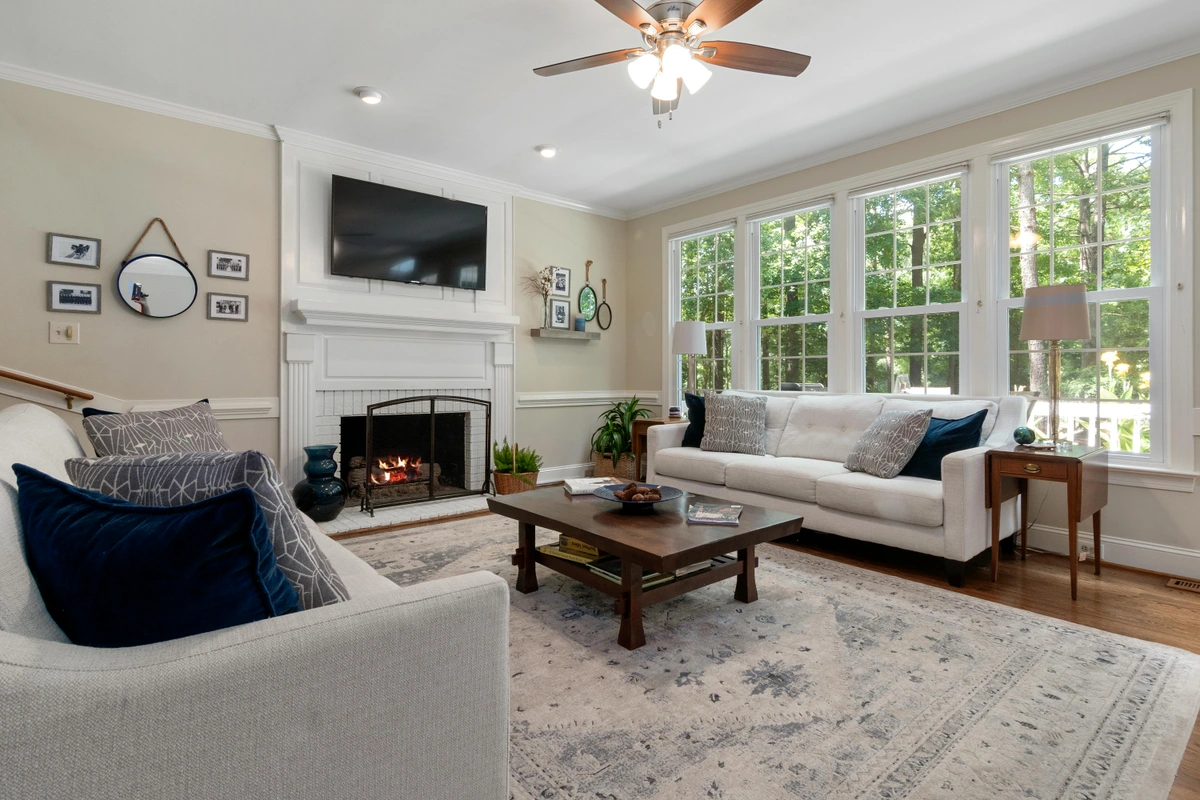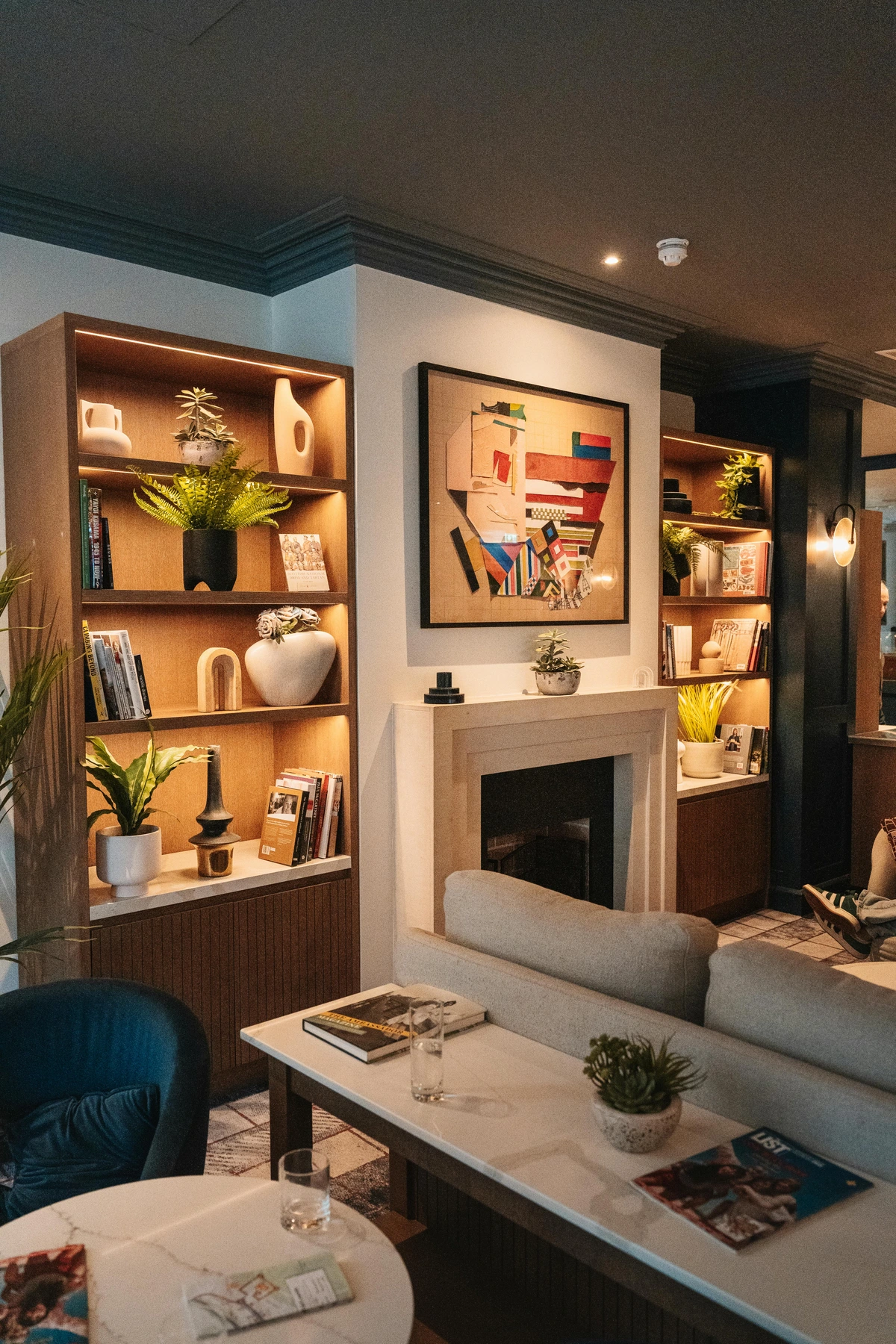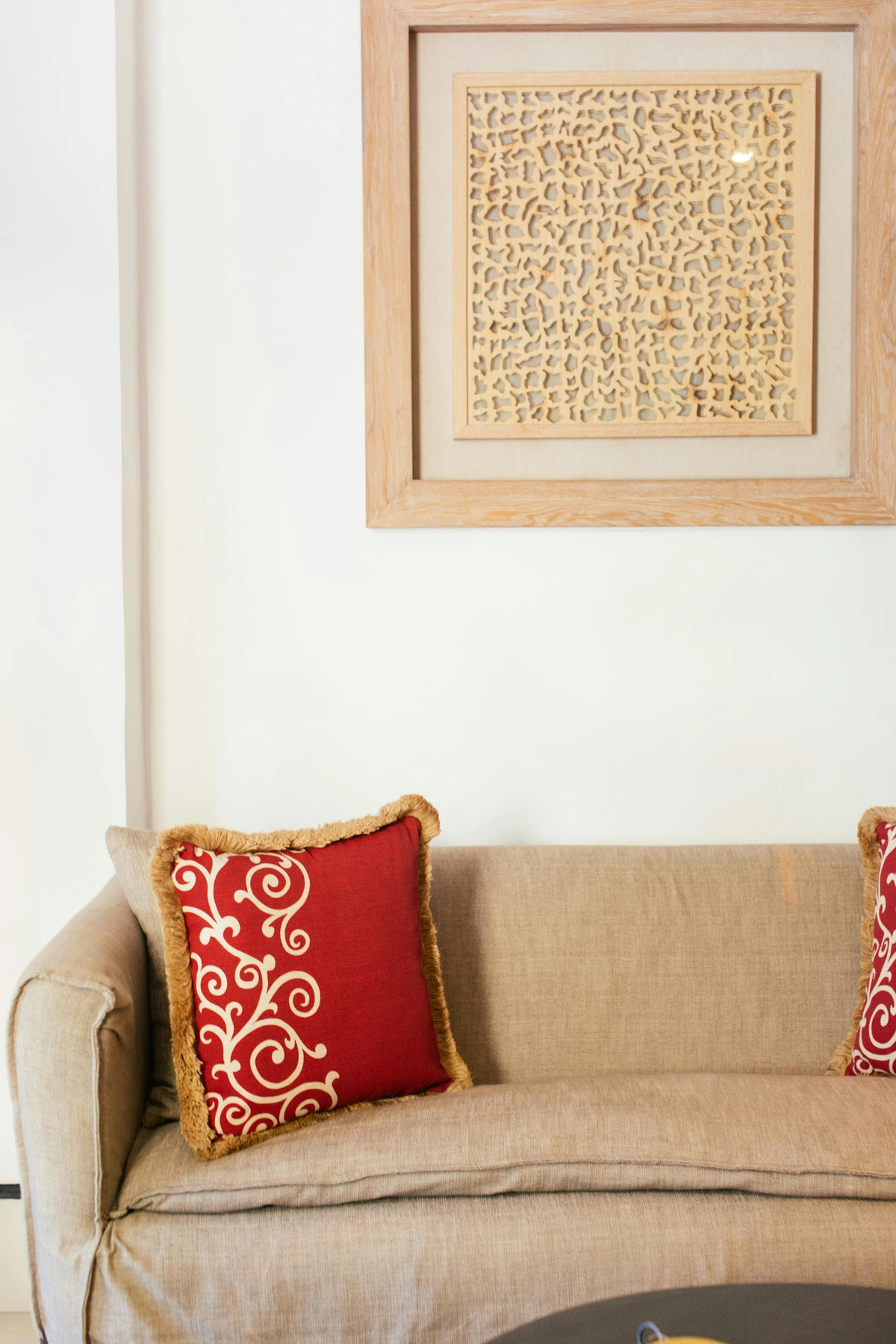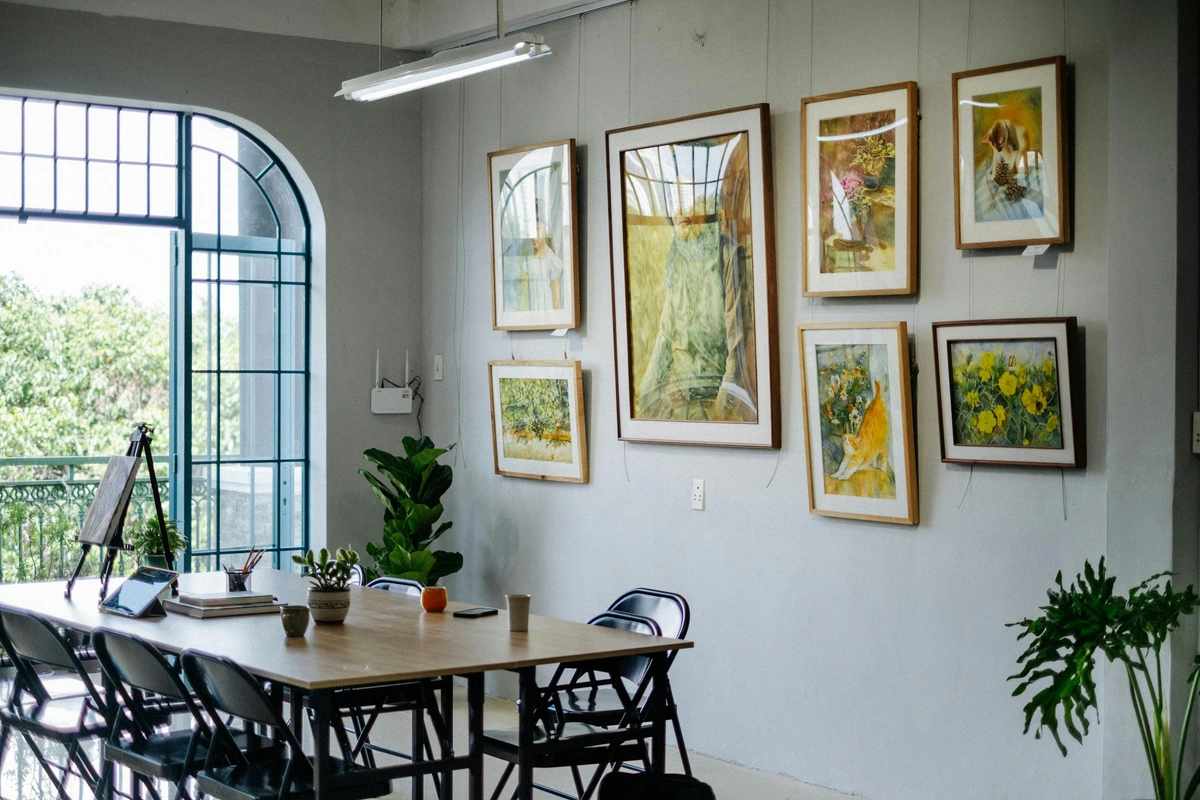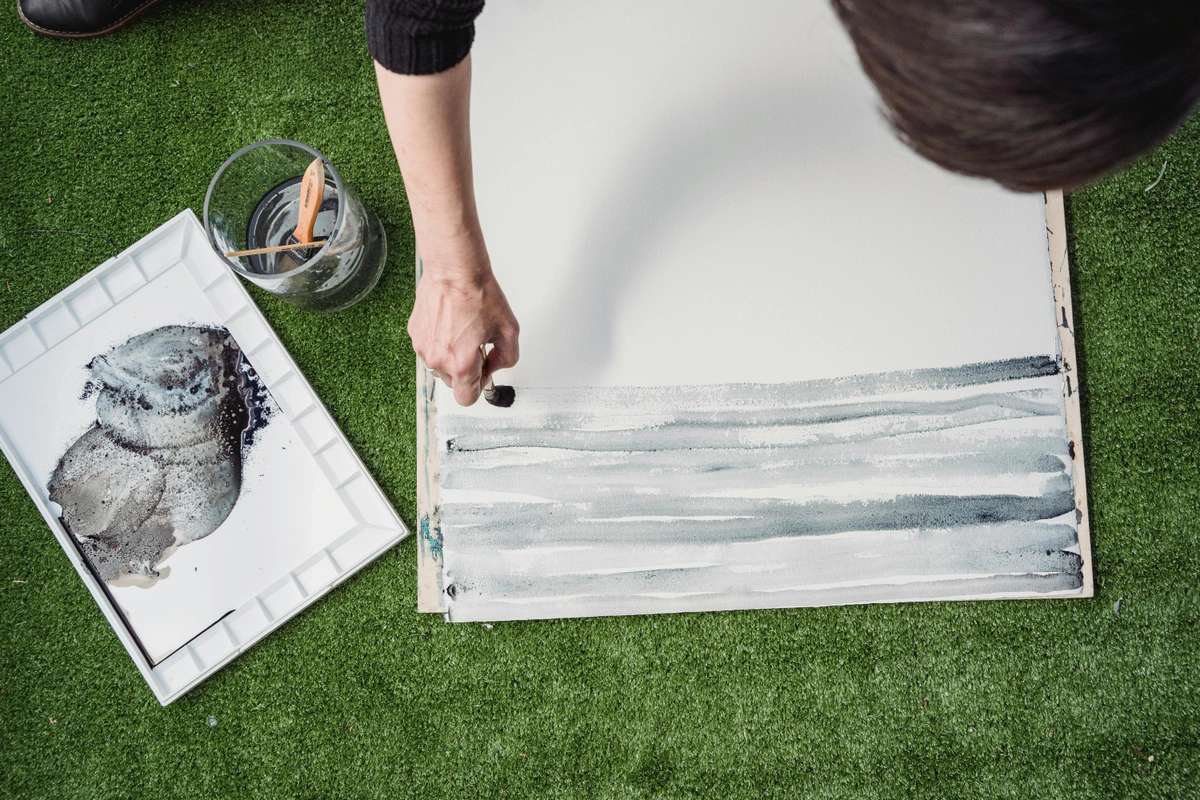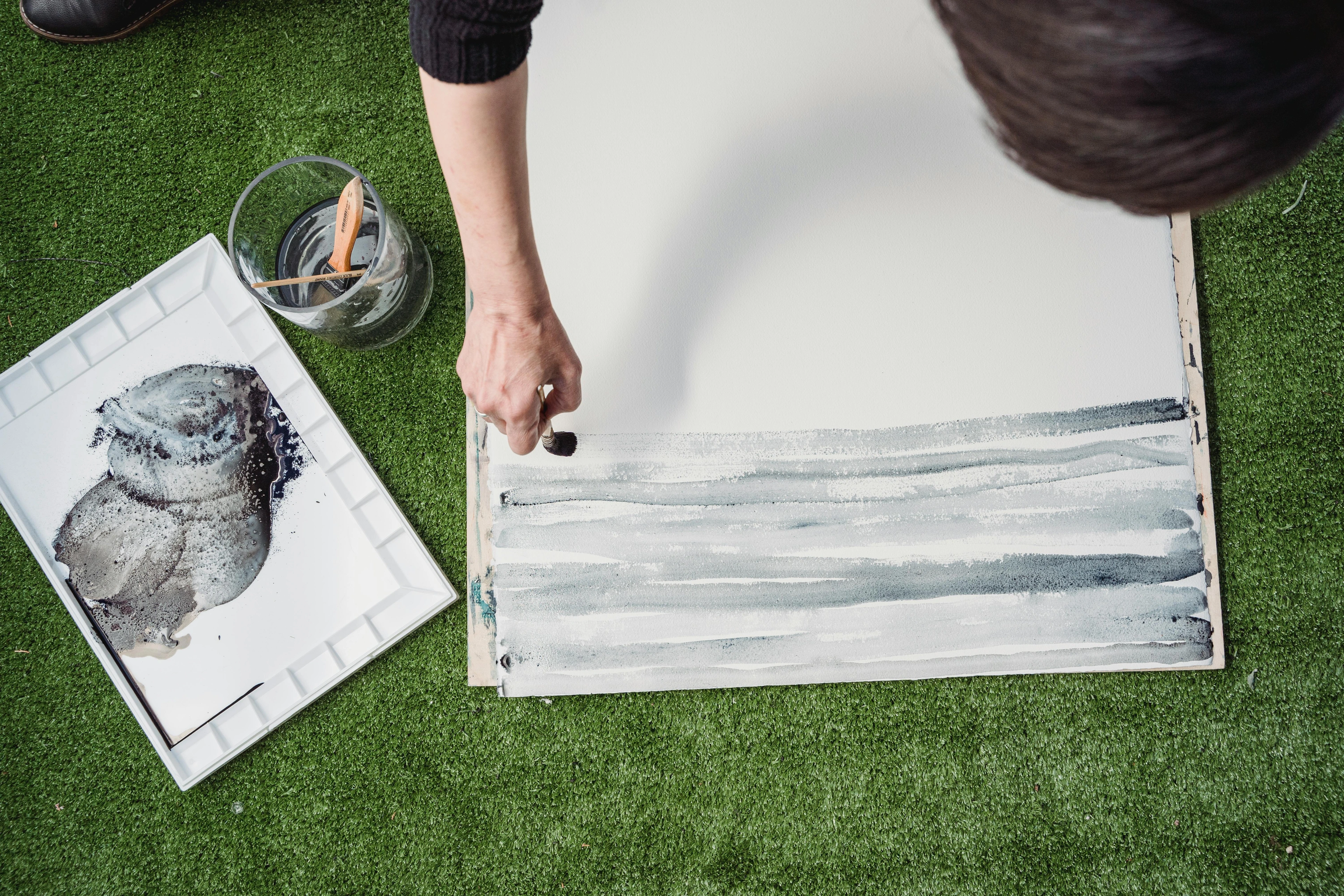
How to Decorate Your Living Room: Style Ideas & Layout Tips
Transform your living room! Discover expert tips on furniture layout, color schemes, lighting, rugs, and decor to create a stylish & comfortable space you'll love.
How to Decorate Your Living Room: Creating a Space You Love
The living room is often the heart of the home – a place for relaxation, entertaining, and spending time with family. Decorating it effectively means balancing style, comfort, and functionality. As a central part of decorating your home, getting the living room right sets the tone. Whether starting from scratch or refreshing your current space, these tips will guide you in creating a living room you'll be proud of.
Core Principles of Living Room Decor
Before diving into specific elements, keep these foundational principles in mind:
- Define Function: How will you use the space most? Is it primarily for watching TV, formal entertaining, casual family gatherings, reading, or a mix? This primary function heavily influences furniture choice and layout.
- Determine Style: What aesthetic appeals to you? Explore styles like modern, traditional, bohemian, minimalist, Scandinavian, or industrial. Consistency creates harmony, but don't be afraid to mix elements thoughtfully. Need help? Learn how to define your personal art style and taste.
- Establish Flow: Ensure easy movement through the room without bumping into furniture. Plan clear pathways, especially between doorways and seating areas. Aim for at least 3 feet (about 90 cm) for main traffic paths.
Planning Your Living Room Layout
The arrangement of furniture is critical for both function and feel. Go beyond just pushing furniture against walls.
Common Layout Configurations:
- Symmetrical Layout: Creates a formal, balanced feel. Often involves matching sofas or chairs flanking a fireplace or coffee table.
- Asymmetrical Layout: Offers a more casual, dynamic look. Might involve balancing a large sofa with two smaller chairs.
- L-Shape Seating: Uses a sectional sofa or a sofa and loveseat arranged in an 'L'. Good for conversation and defining a corner.
- U-Shape Seating: Arranges seating (e.g., sofa and two chairs) in a 'U' shape, often around a coffee table or focal point. Excellent for encouraging conversation.
- Facing Sofas/Chairs: Two sofas or sets of chairs face each other, typically centered on a focal point or coffee table. Very conducive to conversation.
Tips for Different Room Shapes:
- Square Rooms: Often benefit from placing furniture slightly angled or floating it away from walls to avoid a boxy feel. A circular rug can soften the angles.
- Rectangular Rooms: Break the space into zones (e.g., a main seating area and a smaller reading nook or workspace). Use furniture placement and rugs to define these areas.
- Long, Narrow Rooms: Avoid creating a "bowling alley" effect. Arrange furniture in conversational groupings, potentially creating multiple smaller zones. Ensure clear pathways along one long wall.
- Open-Plan Living: Clearly define the living room zone using a large area rug, strategic furniture placement (e.g., sofa back creating a visual barrier), and distinct lighting.
Considering Traffic Flow:
Always map out how people will walk through the space. Avoid placing furniture where it blocks natural pathways between doors or to other rooms.
Key Elements for Living Room Decoration
Here's a deeper look at essential components:
Furniture: The Foundation
- Choosing the Right Sofa: As the anchor piece, select your sofa carefully.
- Types: Consider sectionals (great for large spaces and L-shapes), standard sofas (versatile), loveseats (good for smaller spaces or pairing), sofa beds (for multi-functionality).
- Upholstery: Think about lifestyle. Leather is durable and classic. Velvet adds luxury but needs care. Performance fabrics resist stains and wear (ideal for kids/pets). Linen/Cotton offer a natural look but may be less durable.
- Scale: Ensure the sofa fits the room proportionally. Measure carefully!
- Accent Chairs & Other Seating: Add personality and flexible seating options. Consider armchairs, slipper chairs, or occasional stools.
- Coffee & Side Tables: Essential for function (placing drinks, books, lamps) and style. Choose materials and shapes that complement your main furniture. Ensure the coffee table height aligns well with sofa seat height. Learn how to decorate a table for styling tips.
Color Palette: Setting the Mood
Choose 2-3 main colors using the 60-30-10 rule (60% dominant, 30% secondary, 10% accent). Apply these through paint, large furniture pieces, rugs, textiles, and decor. Consider the psychological impact of colors (e.g., blues are calming, yellows are cheerful).
Lighting: Creating Ambiance
Layer different types of lighting:
- Ambient: General overhead light (ceiling fixtures, recessed lighting).
- Task: Focused light for activities (reading lamps beside chairs, floor lamps).
- Accent: Highlights features like artwork or architectural details (picture lights, spotlights). Install dimmers on as many fixtures as possible for maximum control over mood.
Area Rug: Defining the Space
- Size is Crucial: The most common mistake is choosing a rug that's too small. Aim for a rug large enough that at least the front legs of your sofa and main chairs sit comfortably on it. This anchors the seating area. In open-plan spaces, use the rug to clearly define the living room zone.
- Material & Pile: Consider foot traffic and desired feel. Wool is durable and soft. Synthetics are often budget-friendly and stain-resistant. Natural fibers like jute or sisal add texture but can be harder to clean. Low pile is easier for high traffic; high pile adds coziness.
Wall Decor: Expressing Personality
Walls are prime real estate for adding style.
- Incorporating Art Effectively:
- Selection: Choose art you genuinely connect with – it's personal! Don't just pick something to match the sofa. Explore different options like prints vs. paintings or photography. Finding unique, original art, like vibrant contemporary abstract pieces available here, can inject powerful personality and color. Consider starting an art collection on a budget if you're new to buying art.
- Placement & Scale: Hang art at eye level (center typically around 57-60 inches / 145-152 cm from the floor). Scale matters – a small piece can get lost on a large wall; consider larger works or groupings. Learn how to display different types of art.
- Gallery Walls: Mix sizes, orientations, and frame styles (within a cohesive palette) for an eclectic look. Plan the layout on the floor first. Learn more about how to decorate a wall.
- Framing: The right frame elevates art. Consider frame style, color, and matting to complement both the art and your room. Explore the ultimate guide to framing your artwork.
- Using Mirrors: Mirrors bounce light and can make a space feel larger. Position them strategically opposite windows or to reflect attractive features.
- Accent Walls: Create focus using a bold paint color, wallpaper, or textured treatment (like wood paneling) on a single wall.
Window Treatments: Function and Style
Control light, ensure privacy, and add softness, color, or pattern. Options include:
- Curtains: Offer softness and come in endless fabrics and styles. Hang rods high and wide to make windows appear larger.
- Blinds/Shades: Provide clean lines and excellent light control (Roman shades, roller blinds, wood blinds).
- Layering: Combine curtains (for style/softness) with blinds/shades (for light control/privacy).
Textiles & Accessories: The Finishing Touches
- Pillows & Throws: Easy way to add color, pattern, and texture. Mix sizes, shapes, and textures. Don't overdo the quantity.
- Styling Your Coffee Table: Create a curated display. Use a tray to corral items. Mix heights (books, vases, candles). Add a natural element (small plant, bowl of stones). Keep it functional – leave space for drinks or feet! Get more ideas on how to decorate a table.
- Personal Touches & Greenery: Display meaningful objects, photos, and collections thoughtfully. Plants add life, color, and texture – choose varieties suited to your light levels. Edit ruthlessly to avoid clutter.
Storage: Taming Clutter
- Incorporate storage solutions like media consoles with drawers/doors, shelving units, baskets, and storage ottomans. Concealed storage helps maintain a tidy look.
- Integrating Technology Aesthetically: Plan for hiding cords (cord concealers, furniture with built-in management). Consider Frame TVs that display art when off. Choose speakers that blend with your decor or are integrated into furniture/walls. Position media consoles to house components neatly.
Decorating with Architectural Features
- Fireplaces: Enhance this natural focal point. Arrange seating towards it. Decorate the mantel seasonally or with art/mirrors. See specific tips on how to decorate a fireplace.
- Large Windows: Maximize the view and light. Use window treatments that frame the window without obstructing it excessively. Place seating to enjoy the view.
- Built-in Shelves: Style them thoughtfully. Mix books (arrange vertically and horizontally) with decorative objects, photos, and plants. Leave some empty space.
- Awkward Corners: Utilize them with a corner shelf unit, a comfortable reading chair and lamp, or a tall plant.
Tips for Open-Plan Living Rooms
- Define the Zone: Use a large area rug to visually separate the living area from dining or kitchen spaces.
- Furniture Placement: Arrange furniture to create a distinct grouping. The back of a sofa can act as a subtle room divider.
- Cohesive Style: Maintain a consistent color palette and style throughout the open-plan space for harmony, but allow distinct functions for each zone.
- Lighting Zones: Use different lighting fixtures and levels to define the living area and create specific moods.
Practical Decorating Tips Recap
- Measure Everything: Room dimensions, doorways, existing furniture, potential new furniture.
- Start Big: Place the sofa and largest pieces first.
- Mix Textures: Essential for a rich, layered look.
- Add Greenery: Lifts the space instantly.
- Edit Ruthlessly: Less is often more. Avoid clutter. Group accessories intentionally.
Frequently Asked Questions (FAQ)
Q1: How do I decorate a small living room? A1: Use light colors, mirrors, vertical storage, multi-functional furniture (storage ottoman, sofa bed), appropriately scaled pieces (avoid bulky furniture), and ensure good, layered lighting. Keep clutter minimal. Consider furniture with visible legs to create a sense of openness. See tips for decorating an apartment.
Q2: How do I choose the right size area rug? A2: The rug must anchor the seating area. At least the front legs of the sofa and chairs should rest on it. Measure your seating arrangement, not just the room. When in doubt, go slightly larger rather than smaller.
Q3: Can I mix different furniture styles? A3: Yes! Find common ground through color palette, material finish, or overall scale/formality. An 80/20 approach often works (80% primary style, 20% secondary). A vintage chair can add character to a modern room if shapes or colors relate.
Q4: How can I decorate my living room on a budget? A4: Paint offers the biggest impact for the lowest cost. Rearrange layout. Shop secondhand/vintage. DIY art or accessories. Update textiles like pillows/throws. Add plants. Prioritize spending on a comfortable, durable sofa. Check for affordable art options.
Q5: How high should I hang my TV? A5: Aim for the center of the screen to be at eye level when you are seated. This is usually lower than most people think. Mounting above a fireplace is often too high for comfortable viewing unless the fireplace is unusually low or the room is very large.
Q6: How do I make my living room feel cozier? A6: Incorporate warm colors (reds, oranges, yellows, warm neutrals). Add lots of texture through rugs, pillows, throws (think knits, velvet, faux fur). Use warm, layered lighting with dimmers. Include soft elements like curtains and plush rugs. Arrange furniture into intimate conversational groupings. Add personal touches and natural elements like wood.
Q7: What are current living room trends, and should I follow them? A7: Current trends (as of early 2025) might include sustainable materials, curved furniture, bold patterns, and biophilic design (connecting with nature). While trends offer inspiration, focus on timeless design principles and your personal style. Incorporate trends sparingly through easily changeable items like accessories, rather than investing heavily in trend-based core furniture. Aim for a space you love long-term, not just what's fashionable now.
Conclusion
Decorating your living room is a rewarding opportunity to create a space that truly reflects your lifestyle, personality, and offers comfort. By carefully planning your layout, selecting appropriate furniture and colors, layering lighting, incorporating meaningful art and accessories like those found when you explore options to buy art, and ensuring practical storage, you can design a welcoming, functional, and stylish hub for your home. Enjoy the journey of making it uniquely yours!
